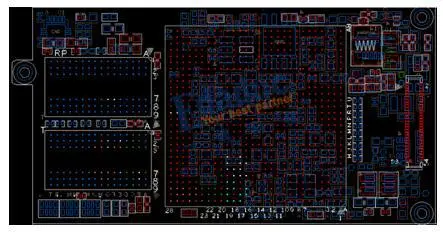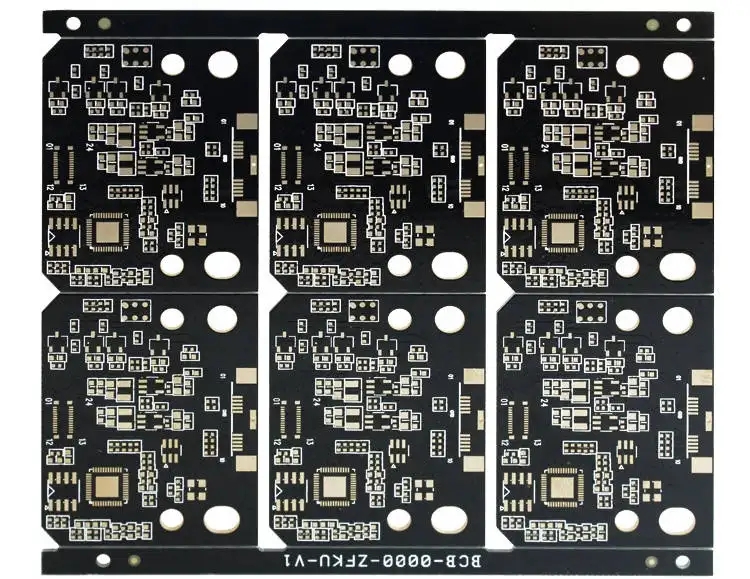
What are pcb board aging test aging test?
PCB manufacturers and PCB designers explain the aging test of PCB boards
After PCBA processing and production, electronIC products must undergo aging test to strictly control the quality of electronic products before they are sold. This article will introduce the aging test, test aging and aging test used before the electronic products are launched.
PCB aging test
The aging test item refers to the process of carrying out corresponding condition strengthening experiments to SIMulate various factors involved in the actual use conditions of the products. This experiment is mainly aimed at plastic materials. Common aging mainly includes light aging, damp heat aging and hot air aging.

PCB test aging
As the name implies, it tests the stability of the product by testing its functions. Because the system is in working state for a long time, all components are operated under load during its operation, so that its performance can be guaranteed. Most electronic products have the aging link, especially in the electricity meter and other equipment industries. According to the old chEMIcal equipment made by Fixon and most of the electricity meter companies, most of them are aged after being powered on for a long time, and some of them are powered on for 96 hours.
Another case of test aging is to make the equipment operate in a special environment beyond the normal range, or make the equipment operate beyond the specified range. As long as the performance of the equipment is stable under these conditions, it will work normally in a normal environment. Some companies often do salt spray tests, vibration tests, high and low temperature tests for such aging.
Aging test
It mainly refers to the thermal oxygen aging test of rubber, plastic products, electrical insulation materials and other materials; Or air exchange aging test for electronic spare parts and plasticized products.
The aging test is divided into temperature aging, sunlight irradiation aging, loading aging, etc.
High temperature aging is generally carried out in several grades. Industrial aging is generally carried out at 70 ℃, 4 hours, 15 ℃, 40 ℃, 55 ℃, 70 ℃, 85 ℃, and 4 hours.
According to the number of aging test products, there are two methods for testing
1. Aging box; Mainly for plastic products, and products with SMAll quantity and volume are more practical
2. Aging cabinet or aging room; It mainly simulates a high temperature and harsh environment testing equipment for high-performance electronic products (such as computer, display, terminal, automotive electronic products, power supply, motherboard, monitor, switching charger, etc.). It is an important experimental equipment to improve product stability and reliability, and an important production process for manufacturers to improve product quality and competitiveness. The equipment is widely used in power electronics Computer, communication, biopharmaceutical and other fields
significance
Electronic products, no matter components, parts, complete machines and equipment, should be aged and tested. Aging and testing are not a concept. Test after aging After the electronic products (all products are like this) are manufactured, they form a complete product. It is ready for use. However, after use, it is found that there will be problems of one kind or another, and it is found that most of these problems occur within a few hours to dozens of hours from the beginning. Later, it simply stipulates the aging and testing of electronic products, and the use status of imitation or equivalent products. This process is completed by the product manufacturer. Through retesting, the problematic products are left in the pcb factory, and the products without problems are given to users to ensure that the products purchased from users are reliable.









